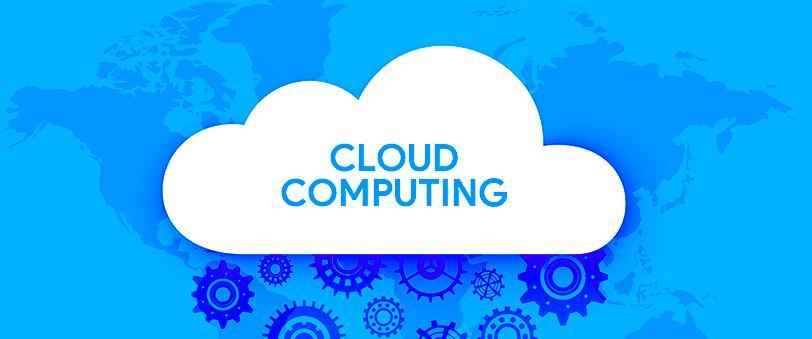Cloud technology’s adaptability and versatility allows for new methods of working, managing, and conducting business.
Cloud Computing is now grabbing the spotlight from the C-suite elite of major corporations as they migrate the way they do business from a piece-meal approach to a more holistic digital transformation. Moreover, as per research by IDC, most firms spend more than a third of their IT expenditure on Cloud Services.
So, with the cloud computing industry all set for major growth in the coming years, why not consider it as a lucrative career choice?
You may already be aware of the undersupply of cloud computing expertise that exists today, but is cloud computing the right career for you and, if so, how can you get started?
To answer these questions, let’s take a closer look at how Cloud Computing evolved, its key elements and different forms, and the services it provides.
This should give you a good background to appreciate the emerging career options in the cloud computing industry and help you choose a path that fulfills your aspirations.
According to global research and advisory firm Gartner, worldwide end-user spending on public cloud services alone is forecasted to be $398 billion by 2022 due to emerging technologies becoming mainstream. While North America is slated to emerge with the largest market size, Asia Pacific (APAC) is predicted to grow at the highest rate in the next few years.
The Evolution Of Cloud Computing
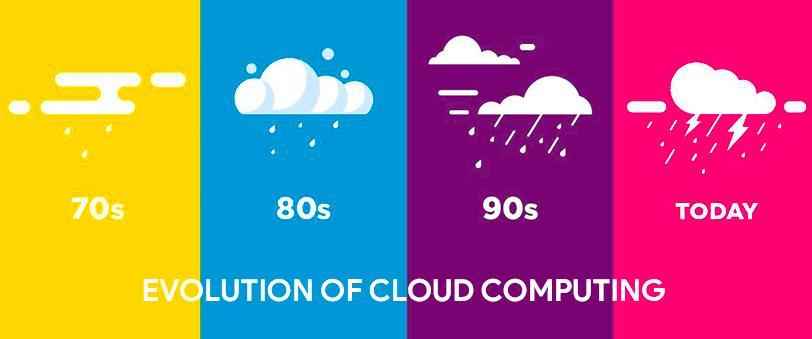
Before learning about the technology of the cloud, you should know about the pathways through which this technology has developed from the seed level.
The technology itself evolved slowly over time by progressing from one level to the next. With computers, the increase in storage space has been directly proportional to the increase in data usage.
Initially, there were storage devices like floppy discs that were used to accommodate the data. Then came CDs, followed by DVDs, which touted better data storage and easier handling. Up until a decade ago, people used USB drives because of their capacity to store larger amounts of data, albeit with the risk of data corruption and possible theft of their portable pen drives. Fast forward to today, and we are now in the era of the cloud. However, you may be surprised to know that research into cloud technology started way back in 1950.
Initially, a tactical centralized server was created in the 1950’s to join PC terminals across an encased grid. Non-nearby capacity innovation progressed rapidly once it hit established researchers.
The expression distributed computing itself was instituted in 1996 inside a Compaq inward record. The term cloud was initially joined to the possibility of disseminated registration. The thinking was at first referenced by J.C.R. Licklider, the Head of Information Processing Techniques Office (IPTO) at the ARPA division in the 1960’s.
In 1969, Licklider’s revolutionary idea helped Bob Taylor and Larry Roberts develop something known as ARPANET (Advanced Research Projects Agency Network). It allowed digital sources to be shared among computers that were not in the same physical location and is widely referred to as the predecessor of the current day internet.
The many years following the 1970’s saw the rise of Virtual Machines (VMs) like those made by PC monsters such as IBM. Telecommunications went with the same pattern and started to supply Virtual Non-Public Networks (VPNs) to commercial centers.
By the 1990’s, a tremendous number of PCs were being produced as innovation turned out to be more moderate. Until at long last, in 1999, Salesforce started offering applications over the web, leading to the appearance of software as a service. Three years after the fact, the business has developed enormously, with video, music and different media being facilitated and delivered online. The formation of the UX configuration allowed the common man to access information that was previously privy only to developers and coders.
In 2002, Amazon launched Amazon Web Services, offering storage, processing, and even human intelligence. However, it was not until 2006, with the debut of the Elastic Compute Cloud (ec2), which allowed individuals to lease virtual computers and utilize their projects and applications on the web, that a truly commercial service accessible to all existed.
Google Apps then began offering cloud computing enterprise apps in 2009, which was followed by Netflix in 2010, which dispatched its own real-time website. In the last decade, a few major players have joined the race. Like IBM’s SmartCloud, Apple launched the famous iCloud, and Oracle gave us the Oracle Cloud.
What are the Deployment Models for Cloud Computing?
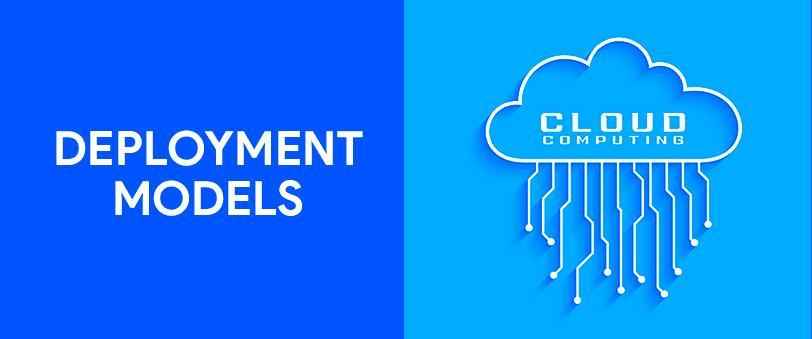
The cloud platform is designed to operate on the principle of virtualizing the computing storage servers in a partitioned format so as to handle various application-based services.
The Cloud can be classified into four types based on its application level:
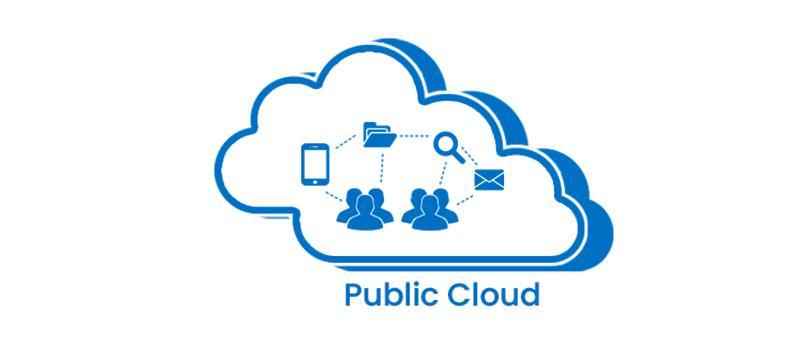
1. Public Cloud: As the word implies, the public cloud is available to everyone to store and access information via the Internet by using the pay-per-usage method. It allows the user to access a huge amount of space, which translates into easy scalability. The public cloud is utilized for software applications projects and collaborative projects. This type of cloud project is offered by Amazon, Microsoft, and Google. The public cloud can also be promoted to the private cloud-based user application level and is a completely virtualized infrastructure for data storage and software as a service.

2. Private Cloud: A private cloud is usually utilized by a single organization to build and manage their own data centers, and hence it is also known as an internal cloud or corporate cloud. They provide better performance with improved speed and space capacity. In the private cloud, security aspects are privileged only to the clients. Authorization is provided to the user to access, utilize, and store data. The major difference between the public cloud and the private cloud is that only an authorized person has the ability to access their computing resources.

3. Hybrid Cloud: This cloud is defined as a combination of a public cloud and a private cloud. The design is in the format of the previous two platforms, and it works to unify an organization’s private and public cloud services into a single, scalable infrastructure for running applications and workloads. Data and applications can be accessed easily in this cloud format.
This model supports businesses or organizations based on their access requirements for various services. The hybrid model is utilized in two formats. Firstly, as a storage application where priority information is stored in a private hub, and common information in a public hub. Secondly, it enables access to secured applications through the private cloud and common applications through the public cloud part. The Google Application Suite (Google Drive, Apps, and Gmail) and Office 365 (MS Office and OneDrive) deploy the hybrid cloud.
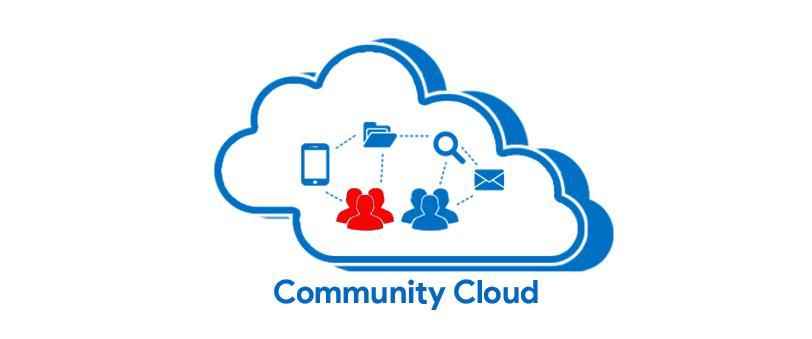
4. Community Cloud: The users of this cloud are limited to their area of access. It means this cloud allows systems and services to be accessed only by registered users. In some ways, the functions of all three clouds are incorporated into this model. This cloud is utilized by government sectors, health care organizations, and financial institutions to work with the community domain.
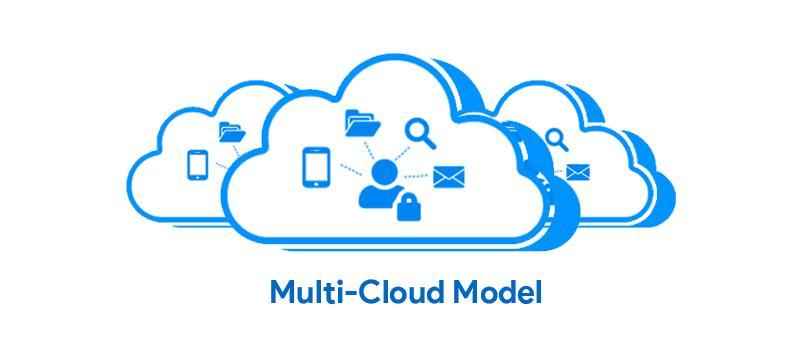
5. Multi-Cloud Model: It is the combination of one or more cloud infrastructures which are formed to meet the organization’s requirements. It may be used for storage, access, or security purposes. Multiple cloud structures are interconnected and deployed for specific functionalities.
What are the types of Cloud Computing Services?
There are 4 main types of cloud computing services:
-
- Infrastructure-as-a-Service (IaaS)
- Platforms-as-a-Service (PaaS)
- Software-as-a-Service (SaaS)
- Function-as-a-Service (FaaS)
These are sometimes called the Cloud Computing Stack because they are built on top of one another.
1. Infrastructure-as-a-service (IaaS)

IaaS is the simplest choice for businesses. Instead of purchasing and maintaining their own infrastructure, a company can rent servers and data storage in the cloud. IaaS, for the most part, incorporates Cloud-put together administrations with a pay-more only as costs arise model.
2. Platform as a service (PaaS)

Platform-as-a-service (PaaS alludes to the inventory of on-request devices for creating, testing, conveying, and overseeing programming applications). PaaS conveys a structure for engineers and IT planners to make web or portable applications that are versatile, without stressing over setting up or dealing with the basic framework of workers, stockpiling, organization, and data sets required for advancement.
3. Software as a service (SaaS)

Software-as-a-service (SaaS) allows an application to be accessed by a customer via a web browser on a subscription basis, eliminating the need for on-device software downloads or updates. The Cloud framework is handled by a CSP (Cloud Service Provider) and the application can be accessed by the client anywhere on different gadgets.
4. Functions as a Service (FaaS)

Functions as a Service (FaaS) works on the principle of Serverless Computing. It adds one more layer to PaaS, so designers are segregated from everything in the stack beneath their code. Rather than dealing with the issues of virtual workers, holders, and application runtimes, they transfer barely practical squares of code and set them to take over on a specific occasion. FaaS applications don’t burn through IaaS assets unless needed, thereby decreasing compensation per-use expenses.
What are the various career options in Cloud Computing?
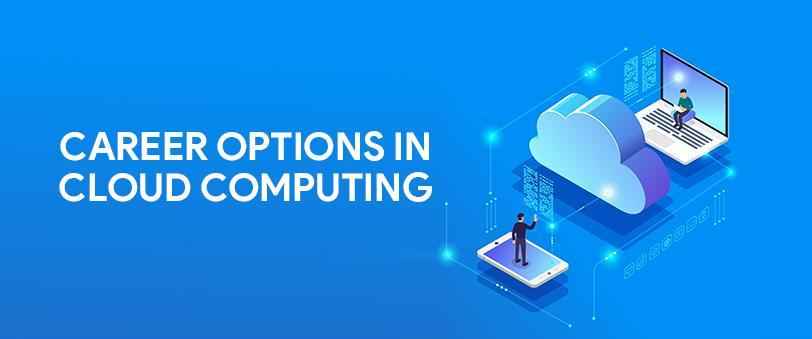
Now that you know the basics of Cloud Computing, you can opt to pursue it as a career and learn the required skills to launch yourself into it. If you already have a fair understanding of networking, storage, and virtualization, specializing in cloud architecture could be a great option. Below is a list of the nine highest-paying cloud computing jobs in 2021.
- Cloud Developer
- Cloud Security Engineer
- Cloud Reliability Engineer
- Cloud Data Engineer
- Front-End & Back-End Developer
- SysOps Administrator
- Development Operations Engineer
- Data Science Engineer
- Solutions Architect
Who are the major players in the Cloud Computing Industry?
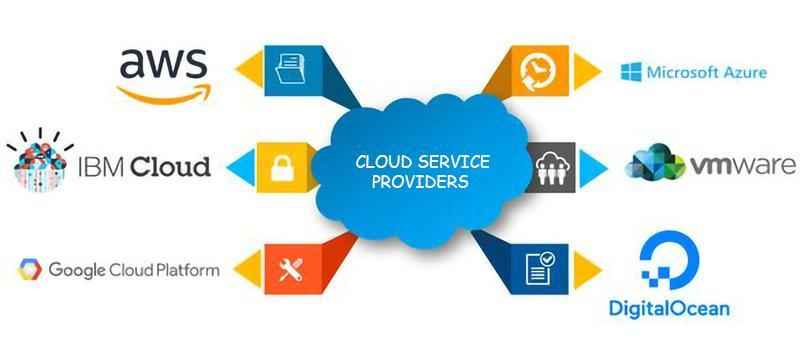
Cloud technology offers various advanced security features for data handling and management. Today, cloud service providers offer a whole gamut of services to help migrate, upgrade, auto-scale, monitor, and secure cloud data for better availability and usage. Some of the major players include Google Cloud Platform, Amazon Web Services, Microsoft Azure, IBM Cloud, and VMWare
There are a few significant organizations that recruit experts in the distributed computing space, like IBM, Oracle, SAP, and Microsoft, which offer a standard compensation bundle and other perks.
In Conclusion
So, you’re now aware of all the facets of cloud computing. If this is for you, formulate a long-term plan to ensure a successful career in cloud technology. You should also be aware of the benefits and drawbacks of cloud computing and aim to complete some on-demand courses on the cloud and its related fields.
In the meantime, the cloud industry is growing in popularity and shows no indications of dialing back anytime soon. With a little hard work, focus, and determination, you too can make your cloud computing dreams a reality.
